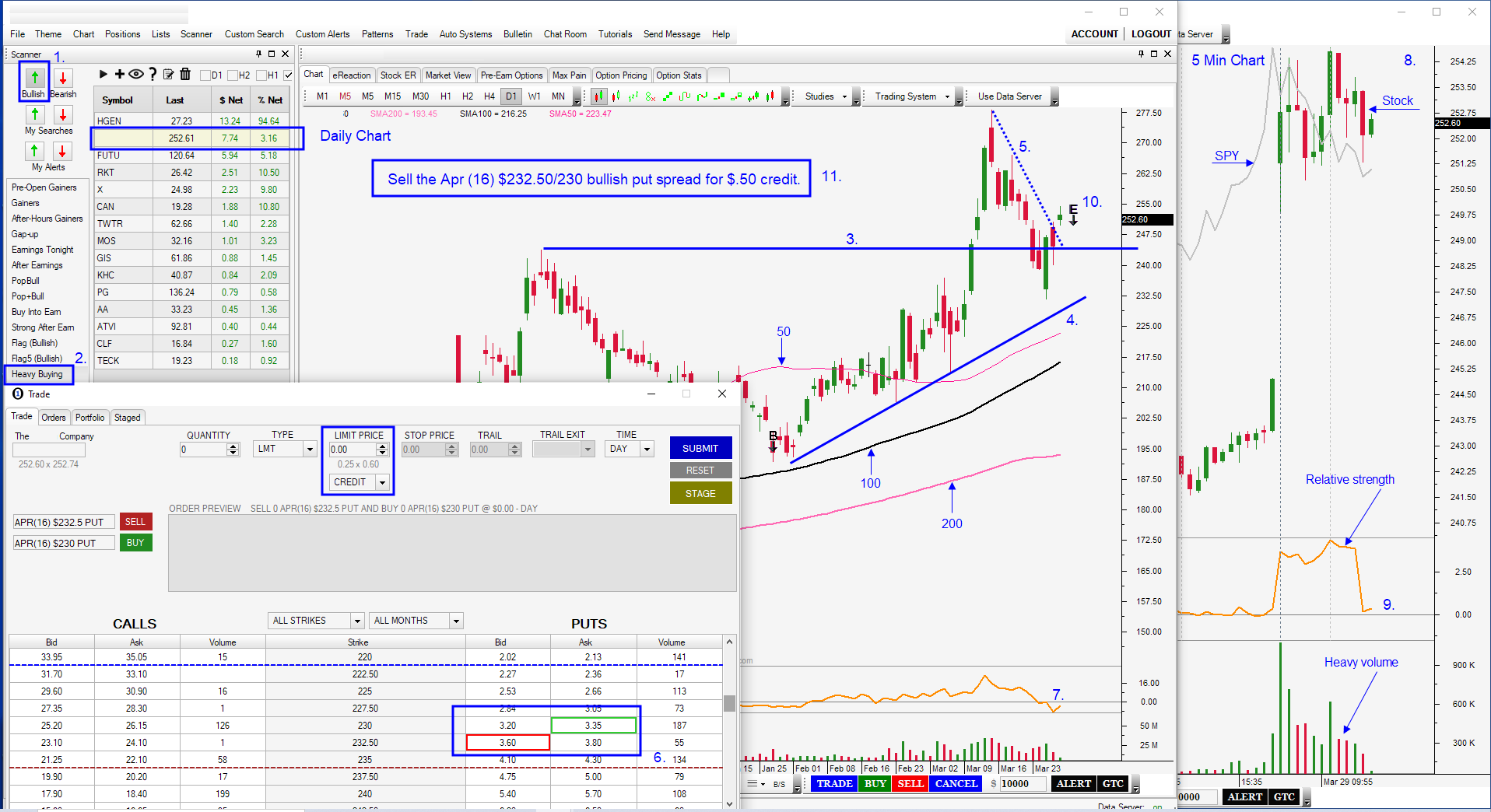Question
I’m a novice options trader and I just started by buying calls. I have a question that I suspect has an obvious answer. I bought some out-of-the-money Dec 50 calls on CROX because my confidence is pretty high that after two more earnings reports the stock will be trading much higher than $50. The stock recently traded down to $40 from $47 and I was able to buy out-of-the-money calls quite cheaply. My question is, “Can you profit from a stock while it is still out-of-the-money if it is trading higher than where you bought?” In other words lets say I bought call options on CROX when it was trading at $42. If in November the stock is trading at 49 (still out of the money but higher than where I bought it) will I profit if I trade out of my options position prior to expiration? Is the call option only profitable once you cross the strike price?
Answer
The answer to your question is – maybe. Option pricing is a very complicated topic and there are many variables that come into play. Let me try to keep it as simple as possible.
1. If the stock has been on a tear, like CROX, the options could drop in value if the stock loses its momentum. Stocks that are rocketing higher and have the potential for a parabolic move carry high implied volatilities. The Market Makers don’t want to sell those options and they make it very expensive for the buyers of puts or calls. Speculators who feel the stock is overvalued buy puts. They don’t want the unlimited risk of being short the stock. Speculators who feel the stock might push higher buy calls for leverage and limited risk. If the stock falls into a trading range, the option premiums will lose some of their implied volatility.
2. You also mentioned earnings. Earnings are an unknown and they add a great deal of uncertainty to the picture. Everyone knows that the stock has the potential to move big off of the number. In the case of this stock, it could move $2 – $3 higher after the release and the option premiums could actually decline in value. The risk has diminished and the Market Makers can estimate where the stock will be trading. If the stock exploded higher, of course you would make money on the options. You correctly acknowledged that once the options are in-the-money, they have to move higher because of their intrinsic value.
3. You will also be subjected to time premium decay. With every week that passes, those options will be worth less if the stock price is the same. Front month options are exposed to accelerated time premium decay. As expiration approaches, the likelihood of an explosive move diminishes and the options quickly lose their value. In the case of the December calls you purchased, this won’t be a major issue until October. Here is an easy exercise that you can use to gauge price movement. The stock closed at $42 and the December 50 calls closed $3.40 bid. Let’s assume that in the next quarter the stock moved $5 higher to $47. To compensate for the time, we will look at the September options right now, they represent the December options 3 months from now. Instead of looking at the $50 calls we will look at the $45 calls because the stock has supposedly rallied $5. The December $50 calls will be $3 out-of-the-money with the stock at $47, just as the September $45 calls are $3 out-of-the-money right now with the stock at $42. The CROX September $45 calls are $3.30 bid. My conclusion is that if the stock moves five dollars higher in the next quarter, I will break even on the trade. Anything more than that and I will make money. Anything less than that and I will lose money.
In general, as a stock continues to move higher, the options will move higher. For every one dollar move in the underlying stock, the option will move at a corresponding rate. That relationship is known as delta. If the stock moves $1 and the option moves $.50, the Delta is .5. If I am trading momentum, I will stay long a call as long as the moemntum continues. When it stops I need to take my profits and get out. If I am buying a call option on the stock that I believe is preparing for a move, I need to set a time limit for that move. If the stock has not made the move within that time frame, I need to exit trade.
In the case of CROX, I would set my stop below the most recent support. If that’s support is violated, take your losses.









